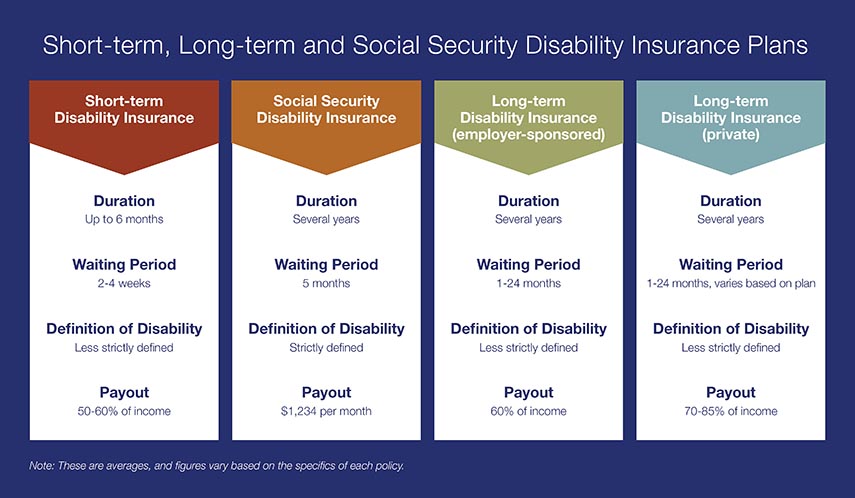Life insurance should be an important part of your financial plan. However, it can be confusing to know what type to purchase.
As with how much life insurance you need, the answer to which type of life insurance to purchase depends on your age, life stage and financial needs, according to Tom Nicoski, senior vice president and head of insurance for U.S. Bancorp Investments.
There are two main types of life insurance, term and permanent.
Term life insurance
Term life insurance can be thought of as temporary insurance, providing coverage for a set amount of time—often 10 to 30 years. Each year of the term, you pay a fixed premium. When the term ends, you have the option to go to annually renewable term or apply for a new policy. Most term policies allow for a conversion to a permanent policy if you meet certain parameters. Keep in mind, however, that your premiums go up as you get older.
Though there is no cash value, it’s a very inexpensive way to protect your family from loss, particularly for people ages 50 and younger, says Nicoski. Someone age 47 might pay just $900 a year for a 10-year, $1 million policy.
Permanent life insurance
Permanent life insurance is a policy that, when funded correctly, is designed to last your entire life. These policies can have a cash value that increases over time.
Permanent life insurance policies are significantly more expensive than term life policies—often 5 to 10 times more, Nicoski says. Why the difference? A permanent policy is designed to last your entire life, meaning the life insurance company will be forced to pay out benefits eventually. With a term policy, it’s likely you will outlive the policy and won’t collect benefits.
Permanent life insurance includes a few plan types, including variable life, whole life and universal life. The difference comes down to how interest is credited to the policy.
- Variable life insurance. With this type of policy, premiums are invested in the equity or fixed income markets, so the policy fluctuates in value. People who buy variable life insurance must be comfortable with the market’s ups and downs.
- Whole life insurance. This type of policy offers consistent benefits and a fixed premium during your lifetime. Each year the insurance company declares a dividend, this dividend rate is credited to the policy.
- Universal life insurance. While universal life insurance works similarly to whole life insurance, the difference is that the insurance company pays a fixed interest crediting rate. Both universal and whole life crediting rates are impacted by the fluctuation of interest rates.
Nicoski notes another popular permanent life insurance option: a long-term care (LTC) rider. This allows you to dip into the policy to pay for long-term care, if needed. If you don’t end up using the LTC benefits, your beneficiaries will get a death benefit. LTC riders can start making sense around ages 50 to 55.
Choosing between term and permanent life insurance
If your goal with life insurance is income replacement for your family and you’re age 50 or below, term life is usually the best choice due to its low cost and flexible options.
For example, parents can buy a term life policy that ensures the policy will be in effect until their children reach adulthood or finish their education. A 28-year-old parent with young children might opt for a term policy of 20 to 30 years. A 45-year-old parent with children in their teens might look at a 10-year policy.
After age 60, term life insurance isn’t recommended, because the costs rise rapidly, but there are exceptions. When a term life insurance policy expires, you can continue with the policy, but the premium will be much higher. This can be a wise choice for someone with a terminal illness with a short life expectancy who wouldn’t otherwise be able to buy insurance.
Permanent life insurance isn’t as broad a fit. Not only is it expensive, but most people don’t have many financial dependents when they pass. It makes sense if a death will result in:
- Financial obligations that require liquidity, like estate taxes
- The need to buy out a business partner
- The desire to guarantee an inheritance
- The need for a combination of life insurance and long-term care
- The need for funds to support a disabled dependent
In the end, selecting or renewing a life insurance policy is best done with the advice of a financial advisor. “Insurance needs change over time. It’s a continuum,” says Nicoski. “It takes a lot more planning than just buying a policy.”
Learn more about different types of life insurance.














